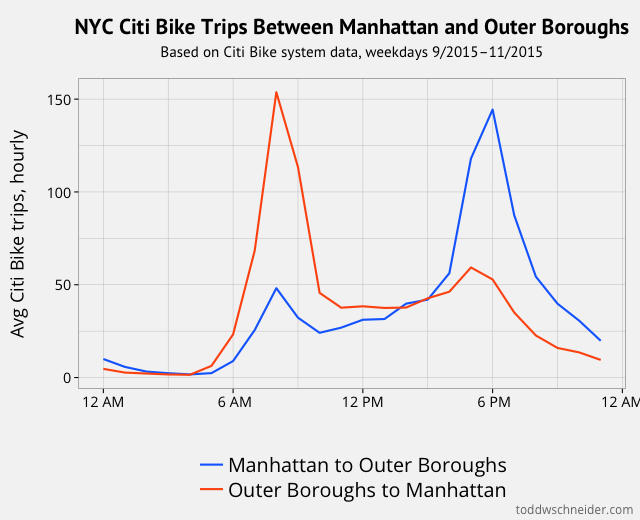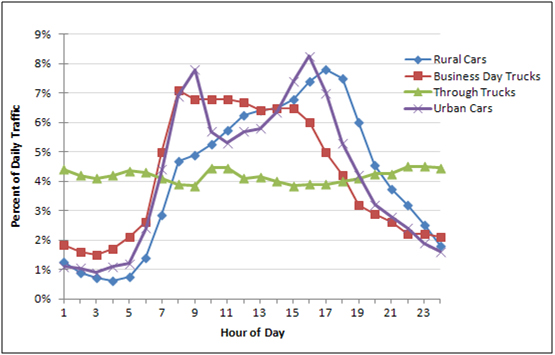Yggdrasill
Active Member
I've explained this earlier - I really don't think they can build as many huge factories as you suggest.Thanks for this this. How did you arrive 10 million cumulative cars produced by 2025? Among other things, this makes up the largest portion of the difference between our estimates. Remember Tesla will likely have built 8-12 gigafactories by 2025, which would likely mean more than 10m cars produced per year by 2025.
Given that avg life of a new car is 8+ years, even if we assume cars on Tesla Network will get driven a lot more, 40-50m cumulative cars produced seems reasonable to me, to which I apply the participation rate of 30%.
My guess for what Tesla can bring online before 2025:
- Two solar gigafactories, maybe 25 GW each, Europe and Asia
- One Semi Gigafactory, maybe 25k Semis per year, USA
- Two vehicle Gigafactories, maybe 500k vehicles each, Europe and Asia.
The above may not be exactly accurate, but I think it's a hell of a lot more accurate than assuming 10 million vehicles being produced per year in 2025.





